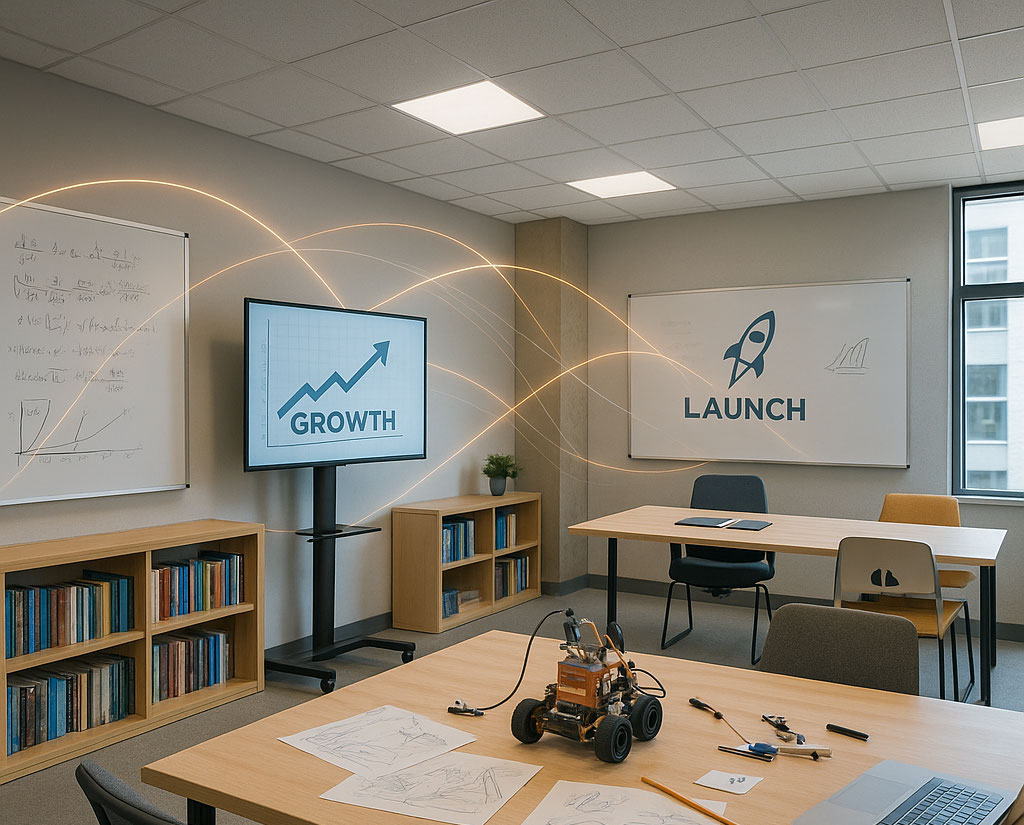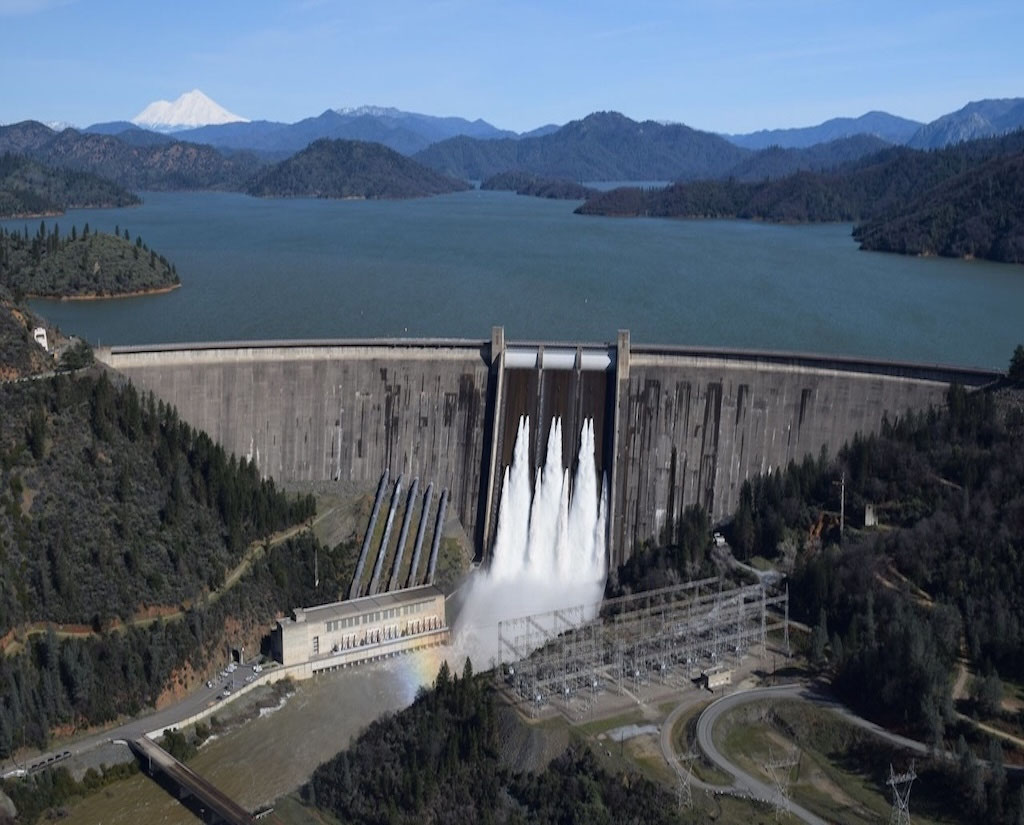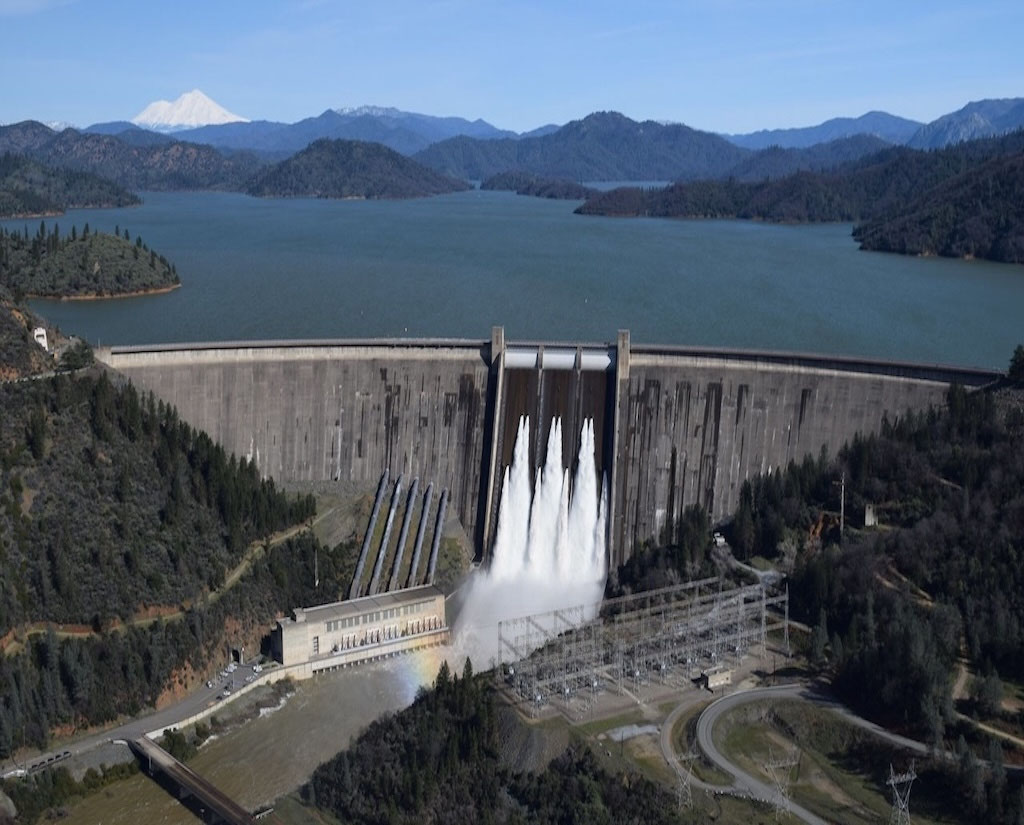
Getting into space is certainly not a cheap business, but Elon Musk wants to make it cheaper with a rocket ship and a drone. The challenge with putting anything into space at all is the fuel costs. And the cost of building the rocket. And, well, building everything so that it launches smoothly and doesn't blow up or get broken along the way.
But seriously, creating new rockets is a big reason why space is so expensive -- at least, that's how Musk (who created a company called SpaceX) sees it. So for the last few times that his company has sent a Dragon spacecraft into space, there's been another show: the landing. They have now made several attempts to direct a first-stage rocket on an autonomous ship.
It's extremely hard. Once they hit the ship with titanic force, basically rupturing the rocket. Another time the waves were so high that they had no choice to abort. But if you look at the video of the latest attempt last week, you can see that they came oh so close. Look how hard that rocket is fighting to stay upright as it lands.
Although this attempt was again a failure in the sense that the rocket did not land successfully (note the explosion at the end), Musk wrote a series of tweets over a few days that expressed optimism about the next time. "Droneship is fine. No hull breach and repairs are minor. Impact overpressure is closer to a fast fire than an explosion," he wrote on April 15.
And three days later: "Cause of hard rocket landing confirmed as due to slower than expected throttle valve response. Next attempt in 2 months." So once again the world's media will be watching to see if the rocket can make it this time.
If Musk's rocket does make it, it will be a leap into the world of reusability. The next question will be how many times you can recycle a rocket safely. 10 times? 50? This is something that engineers will need to examine carefully, because each Dragon spacecraft has a mission. Most are laden with valuable cargo to send to the International Space Station to keep its astronauts fed, working on experiments and entertained.
It will, of course, take a lot more than cheaper rockets to get there. Consider these questions: how will we keep humans supplied there for a few months or years? How to best communicate with Earth when there is a 20-minute delay (on average) when you send a question and the answer is received on the other side? How will we keep humans healthy during the long journey to the planet, not to mention on its hostile surface?
NASA is among the entities looking into these questions (not to mention the startup venture Mars One), and Musk seems eager for collaborations if the situation is right. His Dragon spacecraft is now being developed for a human-rated version to bring astronauts to the space station as early as 2017. After that, who knows what neat stuff will come next?
Top image: A first-stage rocket for the Dragon spacecraft launch earlier this month approaches a barge. Credit: SpaceX








